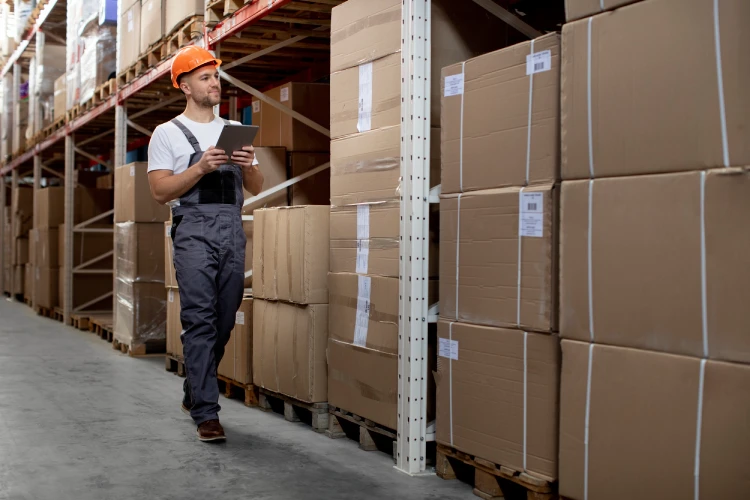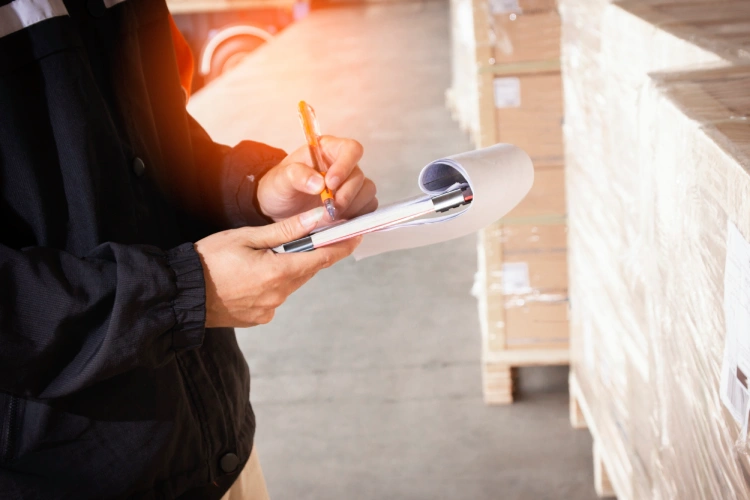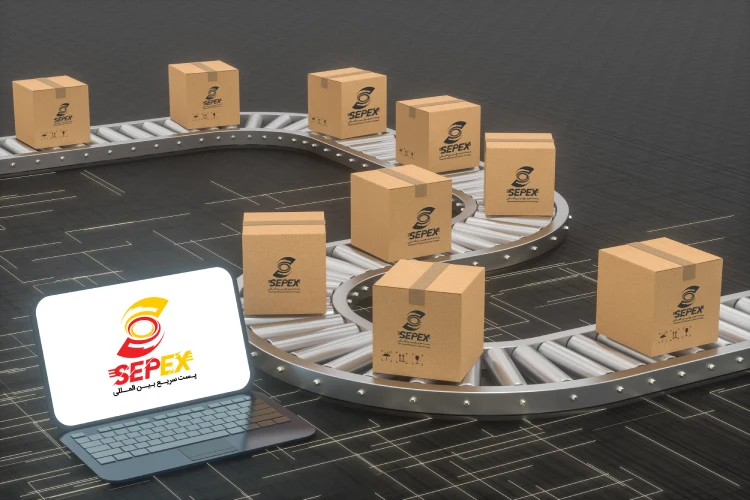Expediting customs clearance: a comprehensive and simple guide
In the modern economy, international trade is one of the main dynamic elements of the world economy. But when you, as a merchant or business active in this field, import or export your goods, the issue of customs clearance can be one of your most important challenges. In this article, we will take a closer look at customs clearance procedures to help you go through this process more quickly and efficiently.

ارسال۳ تا ۵ روز کاری
ارسال۳ تا ۵ روز کاری
ارسال۳ تا ۵ روز کاری
ارسال۳ تا ۵ روز کاری
ارسال۳ تا ۵ روز کاری
Definition of clearance
Clearance of goods is a process in customs that is done by the owner of the goods or a legal representative of the owner of the goods at the customs for the purpose of exporting or importing goods, and during which the goods are removed from the customs premises by performing the relevant customs formalities. Goods clearance refers to a set of processes and actions that are carried out in order to import or export goods. This process ensures national security, prevents smuggling of goods and facilitates international trade.

The importance of clearance
Customs clearance is very important in the correct and legal way of movement of goods. This process not only allows you to receive or export your goods quickly; It is also important from an economic point of view. Goods clearance procedures are carried out according to customs rules and regulations. These laws and regulations are established to maintain national security, public health, consumer rights and other economic and social goals; Therefore, the clearance process as a legal process plays an important role in maintaining national and public interests.
The clearance process also plays an important role in the economy of any country. Through import, the goods needed by the country are provided, and through export, the manufactured goods of the country are offered to the world markets; Therefore, the stages of goods clearance, as a basic process in international trade, have a direct impact on the economic growth of countries.
Customs clearance procedures
Customs clearance generally includes the following steps:
At this stage, the goods are transported from the country of origin to the country of destination. Goods can be transported by sea, air, rail or road. After the goods arrive in the destination country, the goods are unloaded at the destination customs. Customs is a place where incoming and outgoing goods are controlled and supervised by the government.
After unloading the goods at the customs, the owner of the goods or his legal representative must submit the necessary documents to the customs. These documents include the following:
- Purchase invoice: The purchase invoice is a document that shows from whom the goods were purchased and at what price.
- Bill of lading: Bill of lading is a document that shows how the goods were transported and to what destination.
- Insurance policy: The insurance policy is a document that shows that the product is insured against possible damages.
- Standard and health certificates: Standard and health certificates show that the product meets the required standards and is not harmful to human health and the environment.
In some cases, other documents may be required. For example, to import goods subject to standard regulations, a standard license must be obtained from the Iranian National Standards Organization.
After submitting the documents, the customs will inspect the goods. By checking the documents and inspecting the goods, the customs ensures that the goods are in accordance with the customs rules and regulations. If the goods are in accordance with the customs rules and regulations, the customs will issue a clearance permit. The goods clearance permit is a document that shows that the goods can leave the customs.
After issuing the goods clearance permit, the owner of the goods must pay the duties and customs duties related to the goods. Customs duties and taxes include import duties, commercial interest and other customs duties.
Import duty is a tax that is imposed on the import of goods. Commercial interest is a type of tax that is imposed on the added value of imported goods. Other customs duties include duties such as warehousing duties, red crescent duties and municipal duties.
After paying the customs duties and taxes, the goods are released from the customs. The owner of the goods or his legal representative must clear the goods from customs.
The difference between temporary import clearance and permanent import
The difference between permanent and temporary import clearance is summarized in the following cases. In the following, we will explain each of these items:
Purpose of import
In permanent import, goods are imported for permanent use inside the country. For example, import of raw materials for production, import of machinery to set up a production line, import of equipment for use in offices and companies, import of cars for personal use, etc. In temporary import, goods are imported for temporary use inside the country. For example, importing goods to participate in exhibitions, importing goods for repair and then exporting, importing goods for use in laboratories and research centers, importing goods for use in competitions and sports events, etc.
Import duration
In definite import, the duration of import is unlimited. This means that the goods can stay inside the country forever. In temporary import, the duration of import is limited. Usually a maximum of one year. If the goods are not returned to the country of origin within the stipulated time, they will be subject to definitive customs duties and taxes.

guarantee
In definite import, there is no need to provide a guarantee. Because the goods remain permanently inside the country and there is no possibility of its return. In temporary importation, a guarantee must be provided for the return of the goods within the specified period. This guarantee can be in the form of a bank guarantee, guarantee check or other commercial papers.
Payment of duties and customs duties
In final import, full customs duties and taxes must be paid. These duties and taxes include import duties, commercial interest and other customs duties. In temporary importation, only the duties and customs duties related to the period of use of the goods are paid. For example, if the imported goods are used for one year, only the duties and customs duties for one year will be paid.

Clearance of goods with Sepex
Finally, customs clearance is a complex process that requires care and knowledge. By following the above tips and steps, you can go through this process in the best possible way and benefit from a faster receipt or export of your goods.
To avoid problems in the clearance process, it is better to use the services of clearance companies and experienced and specialized professionals in this field. These people are familiar with the technical details of this process and can help you speed up these steps. On the other hand, many customs have made it possible to use online systems. These systems allow you to perform the clearance procedures electronically and faster.
It should be noted that the clearance of imported goods is a complex and time-consuming process and requires sufficient knowledge and experience; Therefore, many importers use the services of clearance companies. Sepex International Post experts can be with you during the clearance process so that you can clear your goods faster and more securely.
Ask your questions to Sepex!
Frequently asked questions
If you need advice, fill out the request form so that our experts will contact you as soon as possible.
Clearance of goods is a process that is carried out at the customs and includes the submission of documents, inspection of goods and payment of duties and customs duties for import or export of goods.
Clearance of goods is a process that is carried out at the customs and includes the submission of documents, inspection of goods and payment of duties and customs duties for import or export of goods.
The main stages of goods clearance include: transporting the goods to their destination, customs inspection, issuing a clearance permit and finally paying customs duties.
Permanent importation is permanent, but temporary importation is usually for a maximum of one year. In permanent import, full duty is paid, but in temporary import, only duty is calculated for the period of use. Of course, temporary import needs to provide a return guarantee.
The documents include customs declaration, purchase invoice, bill of lading and documents related to the shipment.
Goods that are controlled for security, health or special regulations, such as chemical, pharmaceutical or industrial substances, require special clearance.
